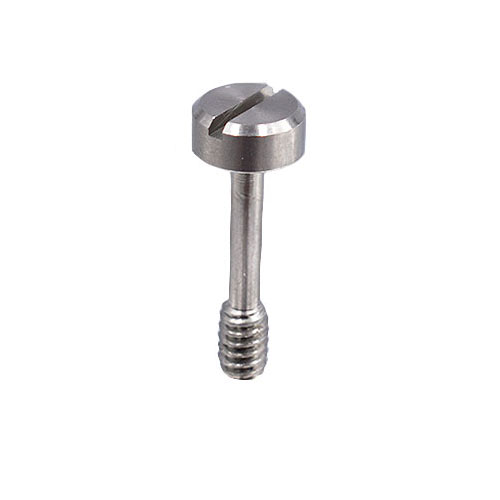
The Greek mathematician Arkutas once described the principle of the screws. In the first century AD, the Mediterranean had begun to use wood screws in screw presses, which could press olive oil from olives and make wine from grapes. Before the fifteenth century, metal screws were rarely used as fasteners in Europe. Rybczynski (Rybczynski) proves that hand-held screwdrivers, screwdrivers have existed in the Middle Ages (at the latest 1580 AD), but it was not until the eighteenth century that threaded fasteners were used and began to be widely used. Before threaded fasteners were widely used, there were many different ways of tightening. Mostly related to woodworking and forging, not related to machining. Before the mid-nineteenth century, ships were built with cotter pins, pin bolts, or rivets. Adhesives were also available at that time, but not as many as they are here today. It was not until the eighteenth century that machine tools could mass produce screws that metal screws became common fasteners. The technology developed around the 1760s and 1770s, along two separate process paths, but soon merged.At the same time, the British toolmaker Jesse Ramsden (1735–1800), also working as a cutter and die maker, encountered problems with screw cutting, and in 1777 he invented the first satisfactory screw lathe. British engineer Henry Maudsley (1771–1831) is famous for popularizing the technique with his screw lathes, which were lathes of 1797 and 1800, including lead screws, slides. The gear sets of the gears are all standard proportions of industrial production. He unified the way the Wyatt brothers and Ramsden produced screws, using the same methods that were already producing woodworking screws to produce machine screws. Ten years later his company is still the leading brand in machine tools.
